In 2025, legacy systems continue to anchor innovation like a ship chained to a harbor floor. Did you know that over 60% of enterprises cite legacy systems as a major barrier to digital transformation? If you're ready to accelerate growth and future-proof your operations, we’ve got a clear, actionable roadmap packed with insights from Quicklook’s leadership in AI integration and modernization.
Understanding Legacy System Challenges
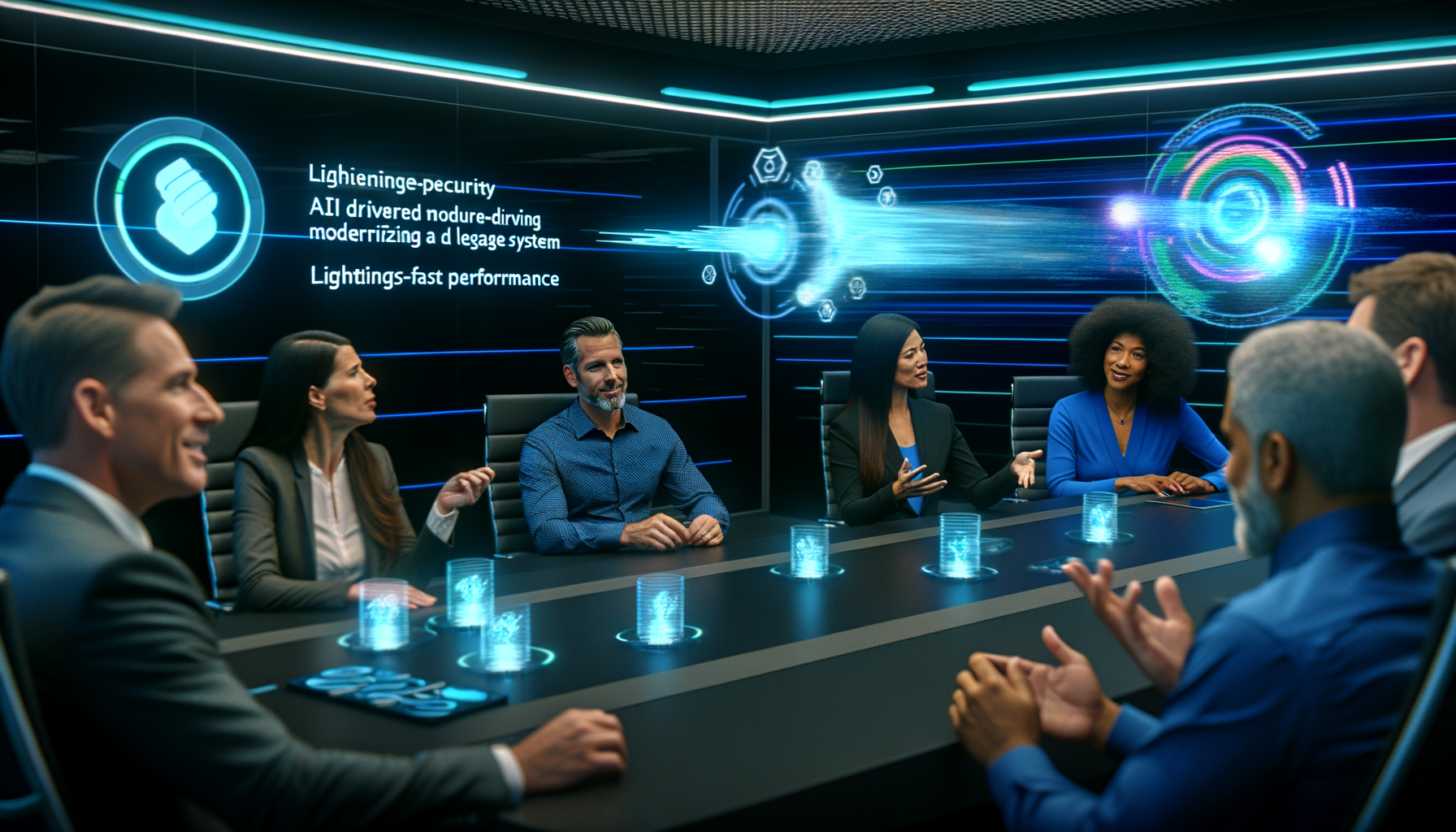
IT professionals analyzing legacy system challenges in a boardroom.
Legacy systems often resemble an old, reliable car that's beginning to sputter. They're familiar, yet they're also increasingly expensive and difficult to maintain. Organizations across the Pacific Northwest face challenges such as escalating maintenance costs, security vulnerabilities, and scalability limitations.
According to a 2023 study by Forrester, 75% of IT budgets are spent on maintaining legacy systems. That's akin to buying a new luxury car every year, but only getting access to your old sedan. Modernizing these systems is not just a technical upgrade; it's a strategic necessity.
Quicklook helps organizations break free from these constraints by leveraging AI-driven modernization strategies that not only improve performance but also unlock new revenue streams.
CALLOUT
75% of IT budgets are spent on maintaining legacy systems—Forrester, 2023.
Monolith to Microservices: A Seamless Transition
Step-by-Step Framework
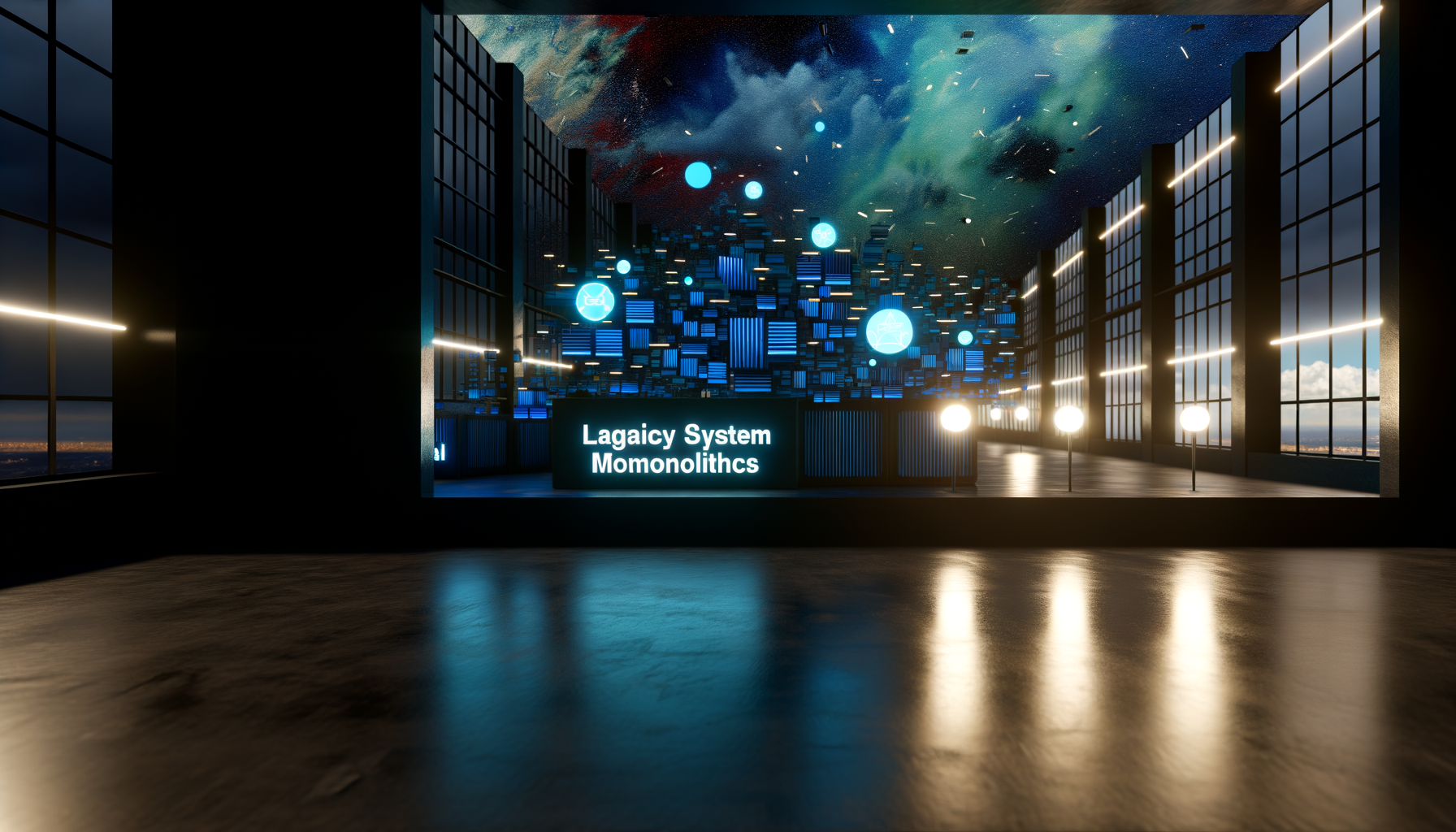
Diagram illustrating monolith to microservices transition.
Moving from monolithic architectures to microservices is like remodeling your home while living in it. It requires careful planning and execution. Microservices enable you to scale individual components independently, improving agility and responsiveness.
Our proven framework starts with assessing your existing architecture, identifying bottlenecks, and designing a microservices plan that aligns with your business objectives. We focus on minimizing disruption and ensuring a seamless transition.
For instance, a recent client in the financial sector reduced deployment times by 40% after implementing microservices with Quicklook’s guidance.
LIST
- •Assess existing architecture
- •Identify bottlenecks
- •Design microservices plan
AI and Machine Learning: Accelerating Modernization
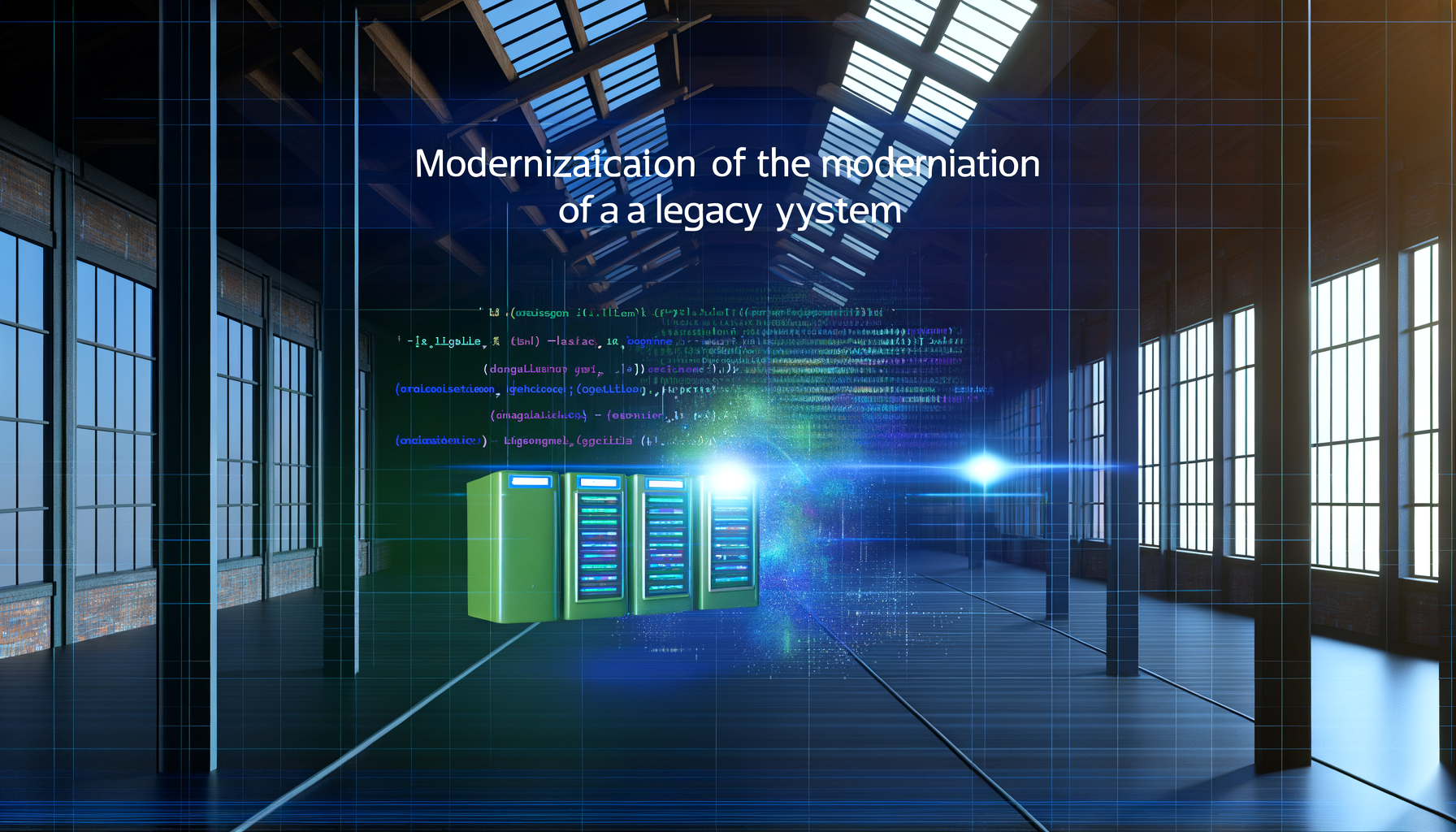
AI algorithms analyzing legacy codebase.
AI and machine learning aren't just buzzwords; they're catalysts that transform legacy modernization from a daunting task to an achievable reality. By automating routine processes, AI frees up human resources to focus on strategic growth.
Consider AI-driven code refactoring tools that analyze millions of lines of code in seconds, identifying redundant code and suggesting optimizations. This not only speeds up the modernization process but also enhances code quality and performance.
Quicklook’s expertise extends to deploying AI systems that have reduced our clients' time-to-market by 30%, a critical competitive edge.
QUOTE
AI-driven modernization is the turbocharge your legacy systems need—Quicklook CTO.
Cloud Migration Strategies for the Modern Enterprise
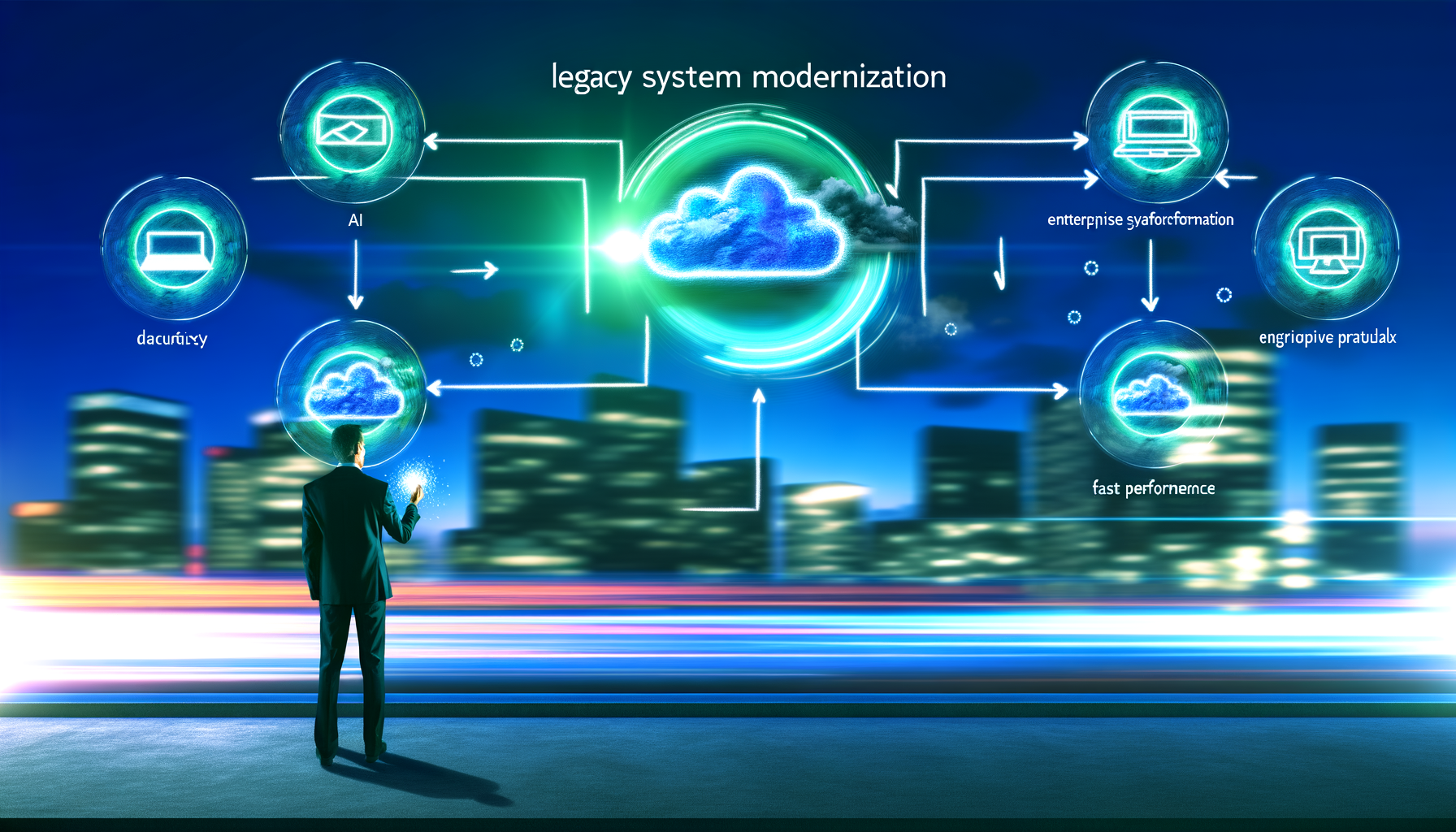
Diagram showing cloud migration process.
Migrating to the cloud is akin to moving to a new neighborhood with better amenities. It offers scalability, enhanced security, and cost efficiencies. But like any move, it requires a robust plan.
Key strategies include lifting and shifting existing workloads, refactoring applications to be cloud-native, and adopting a hybrid approach where necessary. Quicklook’s cloud migration services have enabled businesses to reduce operational costs by up to 25%.
Our clients in the Pacific Northwest have particularly benefited from reduced latency and improved collaboration across teams.
LIST
- •Lift and shift workloads
- •Refactor for cloud-native
- •Adopt hybrid strategies
ROI-Focused Modernization: Measuring Success
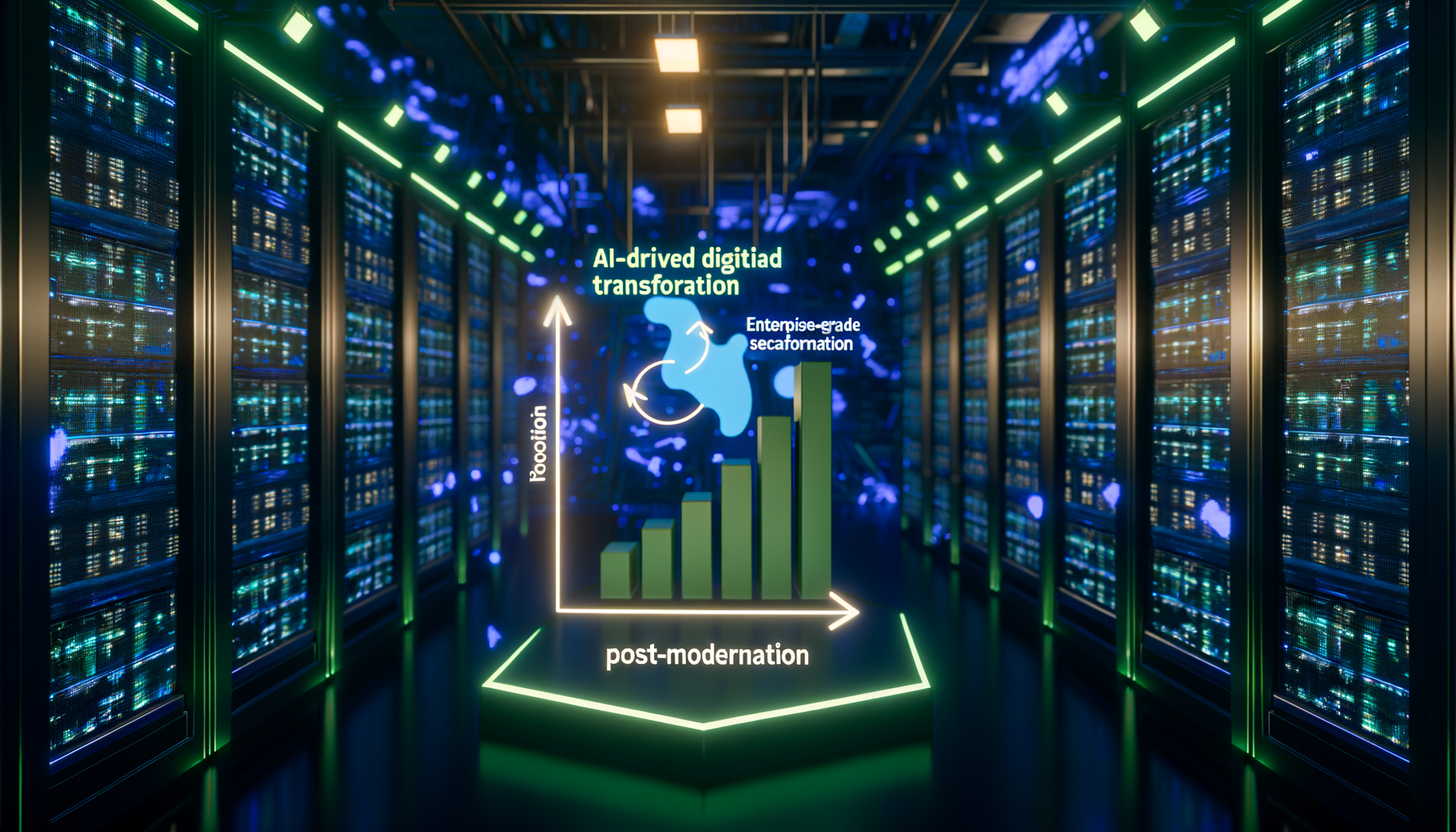
Graph showing increased ROI post-modernization.
Modernization without clear benchmarks is like sailing without a compass. At Quicklook, we emphasize ROI-focused modernization, ensuring that every dollar spent translates into measurable business outcomes.
We implement performance monitoring tools that track key metrics such as uptime, user engagement, and cost savings. These insights are critical for continuous improvement and strategic decision-making.
In a 2023 case study, a client achieved a 50% boost in application performance and a 35% reduction in operational costs post-modernization.
CALLOUT
50% boost in performance, 35% cost reduction—Client Case Study, 2023.
Frequently Asked Questions
QWhat are the key benefits of modernizing legacy applications in 2025?
QHow can AI and machine learning accelerate legacy system modernization?
QWhat role do microservices play in transforming legacy applications?
Conclusion
Legacy system modernization is essential for businesses aiming to remain competitive in 2025. By leveraging AI, microservices, and cloud strategies, enterprises can unlock new efficiencies and revenue streams.
Future Vision
Modernization is not just an upgrade; it's a strategic evolution. Embrace it with foresight.
Schedule your AI audit with Quicklook.
